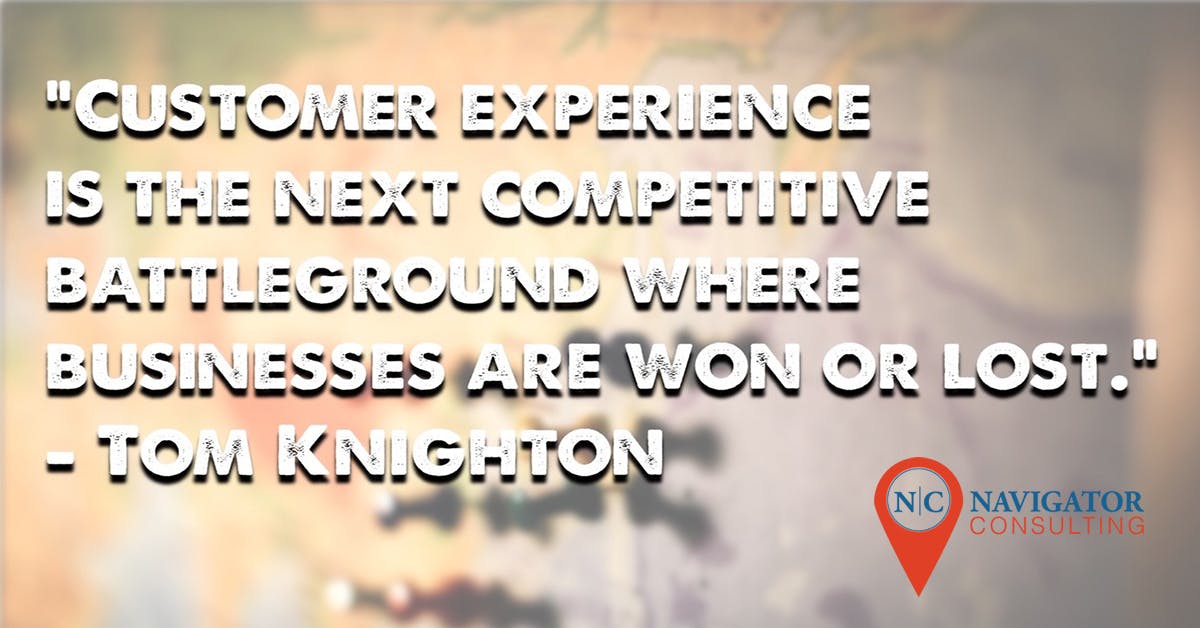Keeping Cash Flow Reliable

When a business isn't making enough money, I often hear they “need” to change their menu, look at new products, or buy from a cheaper supplier. This is easy to understand as menus, products and invoices are tangible—you can touch them, manage them, and make comparisons. The challenge is only one of them is actually working the income side of the equation: the menu. But is altering the menu what's needed? Most of the time, my answer is “no.”
Any problem-solving technique requires you to list the variables and eliminate what is not causing the problem. If it’s a cash flow or income issue, it’s only logical to follow the money. Start with where the money is coming from first. How easy or hard is it for your customers to invest in your business?
I like to track it back to the possibilities of them happily giving you their hard-earned money. The first possibility is simply this: how much is your guest experience worth? If your target audience came in for a shopping experience, and everything happened perfectly, what is that dollar value?
Is your business model built to make that happen? Are your people trained and aware of this goal? I mean really trained. Not just telling them ‘you need to smile at customers’ trained. Leaving important things like guest experience to ‘common sense’ is a roll of the dice when it comes to your cash flow. Do you have the tools and processes to support the goal? If you can decisively answer “yes,” congratulations—you are approaching your revenue stream proactively and making it easy for your customers to spend money with you. If the answer is “no,” or it has been a long time since you asked this question, you are risking a reactive approach to your guest experience and it’s probably time to take a hard look at what your guest experience is. Start with your guest or transaction counts. Then your per person or average ticket spend. Are they up or down year over year? These two are immediate tells on what’s happening in relationship to the experience.
Let’s take a tiny example: how many times does the phone ring before someone answers it? How long is the average person on hold? Did you know that 60% of consumers feel being on hold for just one minute is too long? This may not seem long to you, but when a customer is trying to connect with someone, and they have many options available to them, one minute becomes a trigger point. Other trigger points include waiting for a greeting at the front door, waiting for a refill, waiting to close out a bill. Time provides the greatest risk to our customers investing in our business. Time is a reflection of attentiveness. Good attentiveness is the best way to honor your client’s investment in your business.
Guest Experience is where the revenue for your business starts. So, it only behooves you to make sure there’s as little interference as possible with that stream of cash. Then, look at that menu and the other stuff. Follow the flow of money. You’ll come out ahead.
Food for thought.
Chris Patterson is a Managing Partner at Navigator Consulting.
If you would like to discuss this article or have any questions, please contact Chris at:
Chris@Navigator-Consultants.com
